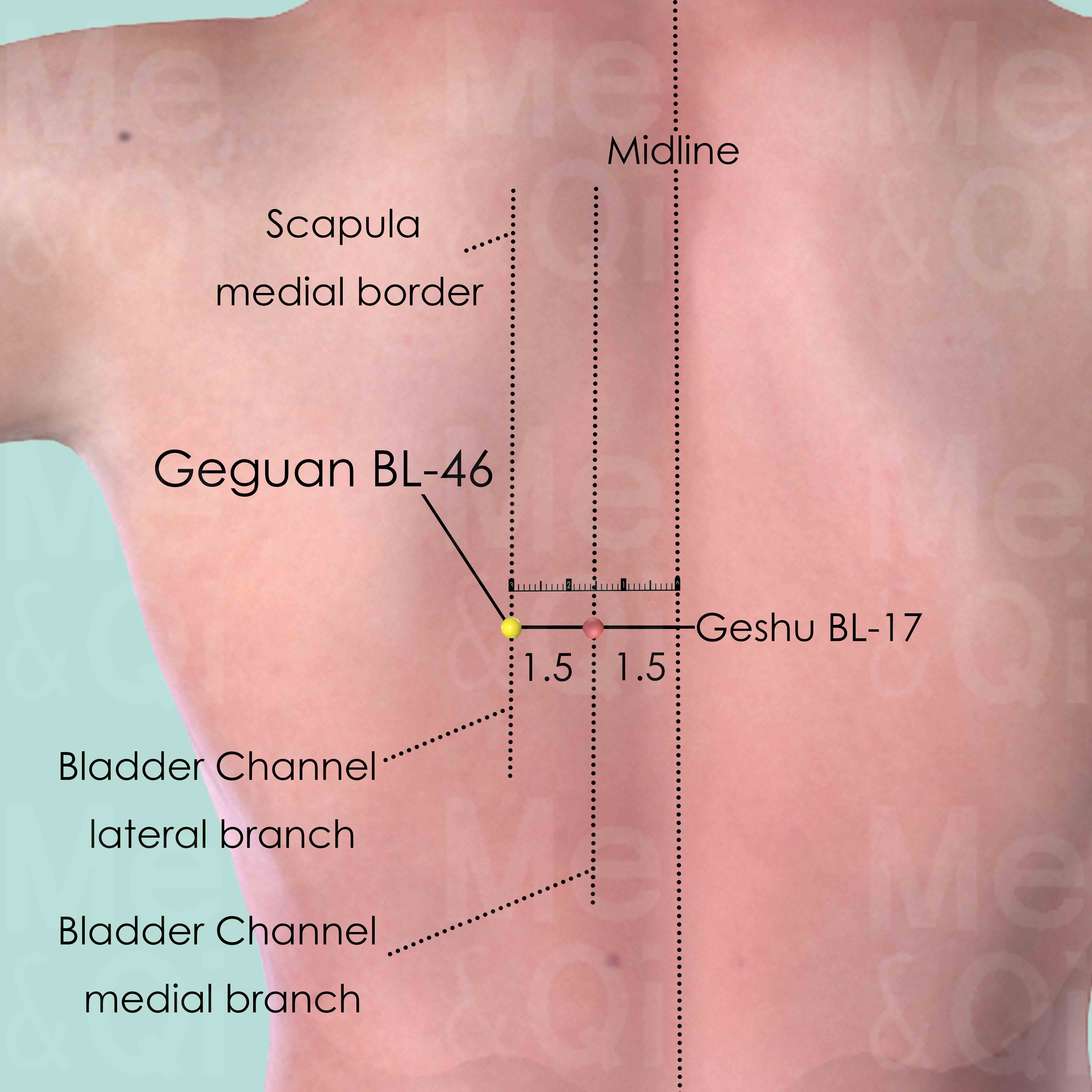Diaphragmatic Fullnessaccording to TCM
Symptom family: Diaphragmatic Symptoms
What is Diaphragmatic Fullness?
Diaphragmatic fullness is a sensation often described as a feeling of heaviness or pressure in the region of the diaphragm, the muscle that separates the chest cavity from the abdominal cavity.
This symptom can be associated with digestive discomfort, difficulty breathing, or a general sense of congestion in the upper abdomen. It's not a diagnosis in itself but rather a sign indicating an underlying issue that may require attention.
TCM Perspective on Diaphragmatic Fullness
Traditional Chinese Medicine (TCM) interprets diaphragmatic fullness as an indication of disharmony in the body's energy flow, particularly in the pathways that pass through the diaphragm. TCM doesn't view this condition in isolation but considers it a symptom of a broader imbalance within the body's organ systems and Qi, or vital energy.
According to TCM theory, this fullness may be caused by factors such as Stagnant Qi, improper diet, emotional stress, or external environmental influences. The goal of TCM treatment is to restore harmony and balance, addressing both the symptom and its root cause.
Acupoints Recommended for Diaphragmatic Fullness
In TCM, specific acupoints are used to alleviate the sensation of diaphragmatic fullness. One such point is Geguan BL-46, located 3 cun lateral to the lower border of the spinous process of the 7th thoracic vertebra (T7). Stimulating this point is believed to regulate Qi in the diaphragm and descend Rebellious Stomach Qi, helping to relieve the sensation of fullness and pressure.
Additionally, this point is known to remove obstructions from the Channel and ease pain, contributing to overall relief. Acupoint stimulation, whether through acupuncture or acupressure, is an integral part of TCM's holistic approach to addressing symptoms like diaphragmatic fullness.
Acupoints for Diaphragmatic Fullness
See more details below about Geguan BL-46, an acupoint used to address diaphragmatic fullness.
- By Meridian
- Bladder Channel

Geguan BL-46
3 cun (about 4 finger-breadths) lateral to the lower border of the spinous process of the 7th thoracic vertebra (T7).
